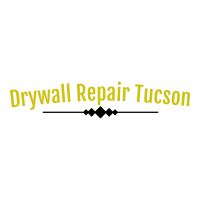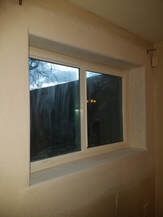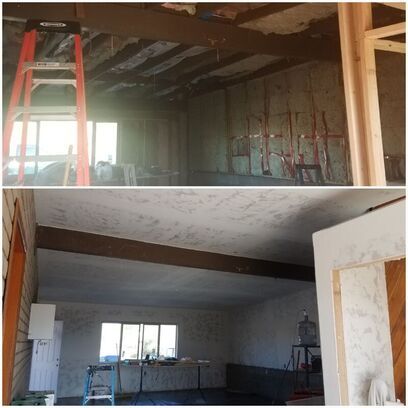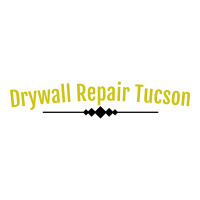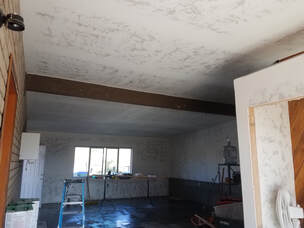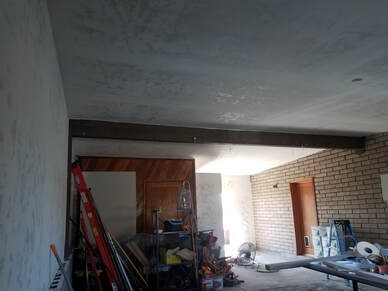WHAT IS DRYWALL?
Drywall is everywhere – in your home, your workplace, the stores where you go to shop in Tucson, AZ. You may have heard of it by another name such as, sheetrock, plasterboard, or wallboard. Although it is all around us, very few people know where it comes from, how it is made or how useful drywall really is.
This material is used for drywall repair and full home drywall installation it is a building material that consists of a gypsum plaster core sandwiched between two sheets of heavy paper. It is used as both an interior and exterior finish.
HOW IS SHEETROCK MADE?
Gypsum is mined, shipped to factories, mixed with additives such as starch, paper pulp, and a thickening agent, then blended with water, forming a thick paste. Then, the gypsum paste is spread over manila paper and another sheet of paper is laid over it. It is dried out by being sent through ovens at up to 500 degrees Fahrenheit. Then, it is ready to be cut into sheets of 4x8 ft, 4x10 ft, and 4x12 ft for drywall repair or full wall installation use.
WHY IS DRYWALL USEFUL?
Drywall is versatile, sustainable, and inexpensive and has become an excellent alternative to plaster. It is made of green material and easy to recycle. Most drywall consists of about 95% recycled materials. In addition, recycled drywall can also be used for various purposes: as an ingredient in Portland cement that makes stucco, plaster, and other building materials, and as a soil conditioner that provides calcium and sulfur for plants such as peanuts, potatoes, and corn. It can also assist in neutralizing the ground that has soil high in salt, allowing for crops to grow there. And, of course, it is an excellent construction material used to create walls, ceilings, and a variety of design features and architectural designs. Because it is fire resistant, in buildings where drywall is used, it gives people time to evacuate a building safely when there is a fire emergency.
Drywall Repairs
For drywall repair on interior walls or ceilings, we start by cutting out a square hole, we then measure the drywall patch to fit where the damaged piece was. Backing (wood) is then secured to the back of the sheetrock with drywall screws, the cut out drywall patch is attached with drywall screws as well. We then proceed to apply drywall compound on the joints and the paper tape, with the 6" drywall knife, we remove the excess joint compound. We use 5 min mud also referred to as "hot mud" to give it the first coat and float out the joints, if everything is smooth after the first coat, the second coat is then applied with a thin layer of joint compound (we call it painting the drywall patch), if the drywall compound is feathered out correctly there is no need to sand smooth, before laying down the texture on the repaired area. Lastly texture is also applied with lightweight joint compound. Once it dries, you sand lightly making sure you don't damage the paper tape but enough to blend in.
